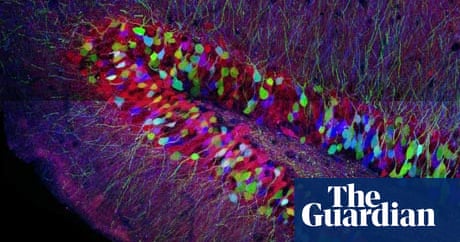Or like “all dhammas are not self”. Self is a part of not-self. How could one say " not mine" if not implying a ‘mine’.
“when he himself is not his own” Dhp. The fool
https://suttacentral.net/dhp60-75
https://suttacentral.net/dhp273-289
Dhammapada: The path
"All determinations that determine things increase, decrease, and remain while persisting in a domain which is beyond access or control”—when one understands this with wisdom, one has had enough and turns away from suffering. This is the path of/to purification.
“All determinations which determine things as ‘for me’(ignorance and craving) are dukkha”—when one understands this with wisdom, one becomes nibbida with dukkha. This is the path to purification.
“All _determined things_are determined by determinations which are not mine”—when one understands this with wisdom, one turns away from suffering. This is the path to purification."
When one understands dukkha, it loses its oppressing nature, it is uprooted. Where once suffering was mine, it now is not mine, its significance has changed. It is still there in a way, but uprooted, floating around without oppressing. The memory of it remains, like a bad smell lingering from cloth which is going through a path of purification.
SN22.89
"Suppose, friends, a cloth has become soiled and stained, and its owners give it to a laundryman. The laundryman would scour it evenly with cleaning salt, lye, or cow dung, and rinse it in clean water. Even though that cloth would become pure and clean, it would still retain a residual smell of cleaning salt, lye, or cowdung that had not yet vanished. The laundryman would then give it back to the owners. The owners would put it in a sweet-scented casket, and the residual smell of cleaning salt, lye, or cowdung that had not yet vanished would vanish."
If I have a terminal illness, the symptoms of that illness are dukkha because ** I** will die, the symptoms signify my demise, but if I am cured yet the symptoms of the previous terminal illness remain, the symptoms no longer signify my death, the symptoms were once dukkha but now are just uncomfortable annoyances which one is nibbida towards.
Dukkha like self/conceit remains only as a residual non-oppressive notion.
" So too, friends, I do not speak of form as ‘I am,’ nor do I speak of ‘I am’ apart from form. I do not speak of feeling as ‘I am’ … nor of perception as ‘I am’ … nor of sankharas as ‘I am’ … nor of consciousness as ‘I am,’ nor do I speak of ‘I am’ apart from consciousness. Friends, although the notion ‘I am’ has not yet vanished in me in relation to these five aggregates subject to upadana, still I do not regard anything among them as ‘This I am."
https://suttacentral.net/sn22.89




 But it’s do-able. It also makes it more apparent why it is so difficult to achieve such a degree of mind training while a householder, etc. It is like any exercise, hard at first, but over time it becomes easier, right up until one can have constant mindfulness and awareness. But again I don’t think this is really possible unless in seclusion. A nice long retreat might be a good place to practice
But it’s do-able. It also makes it more apparent why it is so difficult to achieve such a degree of mind training while a householder, etc. It is like any exercise, hard at first, but over time it becomes easier, right up until one can have constant mindfulness and awareness. But again I don’t think this is really possible unless in seclusion. A nice long retreat might be a good place to practice